In today’s hyper-connected world, losing your cell signal can be incredibly frustrating, and it’s a situation that many of us have experienced at some point. Those dreaded “dead zones,” where your cell phone display ominously reads “No Service,” can make you feel isolated and helpless, especially when you need to make an important call, send an urgent text, or access crucial information.
But what exactly are dead zones, and why do they occur? What causes your cell signal to disappear when you need it most, whether you’re in a remote rural area or the heart of a bustling city? More importantly, how can you conquer these cellular black holes and ensure you stay connected at all times?
In this comprehensive blog, we’re going to unravel the mysteries of dead zones. We’ll explore the factors that lead to these frustrating cellular deserts and, most importantly, provide you with practical solutions to get your cell signal back on track. Whether you’re dealing with weak signal problems at home, at work, or on the go, we’ll guide you through the best strategies and technologies to conquer dead zones and ensure you remain seamlessly connected in an ever-connected world. Stay tuned as we dive deep into the realm of cell signal improvement and empowerment.
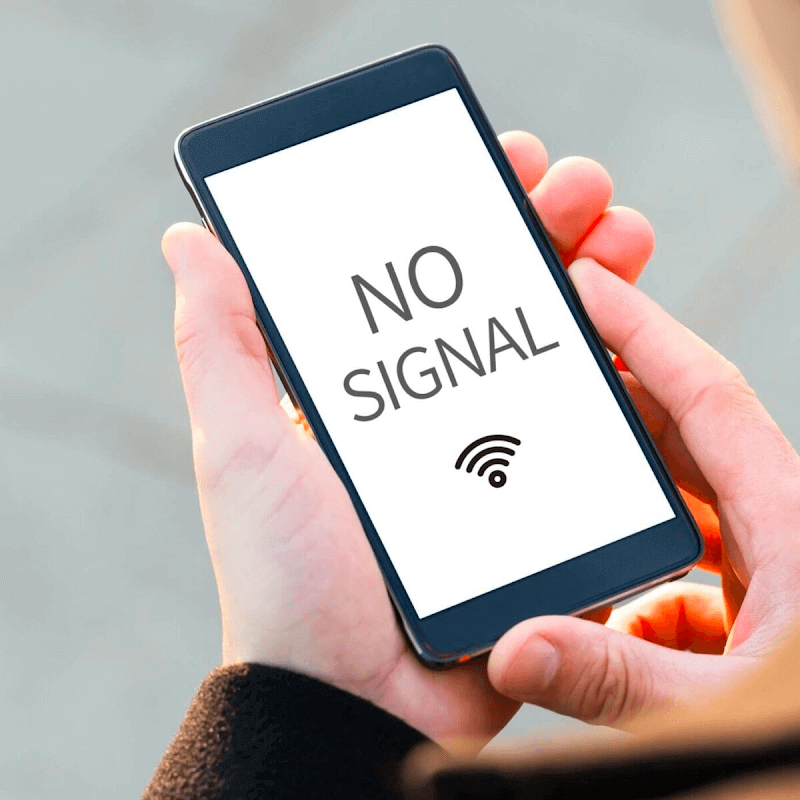
1. What is a Dead Zone?
You’re in the middle of a crucial phone call, eagerly awaiting an important text message, or trying to access data for an urgent task, and suddenly, your cell phone signal vanishes into thin air. This frustrating experience is what’s commonly referred to as a “dead zone.”
In the world of mobile communication, a dead zone is an area where your cell phone struggles to establish or maintain a connection to the cellular network. It’s a space where the bars on your phone’s signal indicator dwindle down to zero, and you’re met with the dreaded “No Service” message.
Dead zones can be found in various locations, from urban centres to rural landscapes, and they are notorious for causing inconvenience and disruptions in our daily lives. Understanding what creates these cellular black holes is the first step toward finding effective solutions to overcome them.

2. What Causes Dead Zones?
Dead zones, those infuriating pockets of zero cell signal, can strike anywhere, from the heart of a bustling city to remote rural areas. Understanding what causes these signal blackouts is vital if you’re looking to navigate the maze of lost connectivity. Let’s delve into the most common factors responsible for dead zones:
1. Distance from Cell Towers:
The golden rule of cell signal is simple: the closer you are to a cell tower, the stronger your signal will be. When you venture too far from these towers, the signal weakens, making it more likely that you’ll encounter a dead zone. Remote or sparsely populated areas often suffer from this issue, as cell towers are fewer and farther between.
B . Obstructions:
The physical landscape you find yourself in can act as both friend and foe when it comes to cell signal. Buildings, hills, mountains, and dense foliage can all act as obstacles, blocking or reflecting signals. In urban environments, skyscrapers and concrete structures can create signal shadows, while in rural areas, natural obstacles like mountains and thick forests can have the same effect.
C. Interference:
Ever noticed your signal suddenly disappearing near electronic devices or machinery? That’s due to electromagnetic interference. Devices like microwaves, cordless phones, and even certain light fixtures can disrupt your cell signal. The materials used in construction can also play a role; structures made of concrete, metal, or energy-efficient materials may weaken signals as they pass through.
D. Network Congestion:
Picture a crowded stadium or a bustling city center. Everyone in the vicinity is trying to use their cell phones simultaneously, causing network congestion. This high demand can overwhelm the local cell tower, leading to dropped calls and slow data speeds. Network providers are constantly working to expand and upgrade their infrastructure to combat this issue, but congested areas can still lead to dead zones during peak usage times.
Understanding these causes can help you take proactive steps to combat dead zones and improve your cell signal. From moving to a different location to investing in signal boosting solutions, there are various strategies you can employ to conquer these signal-challenged areas. In the next section, we’ll explore how to get cell signals in dead zones and ensure you stay connected when it matters most.
3. How to Get Cell Signal in a Dead Zone
Dead zones can be a major source of frustration, especially when you find yourself in a situation where staying connected is essential. Whether it’s an important phone call, a critical text message, or the need to access vital data, you don’t want to be left high and dry due to a lack of cell signal. The good news is that there are several strategies and technologies that can help you conquer dead zones and ensure you stay connected in the most challenging signal environments. Let’s explore how to get cell signal in a dead zone:
A. Move to a Better Location:
Sometimes, the simplest solution is to change your physical location. If you’re indoors, try moving near a window or stepping outside. Clear, unobstructed paths to nearby cell towers can often improve your signal strength.
B. Enable Wi-Fi Calling:
Wi-Fi calling is a feature offered by most major mobile carriers. If you have a stable Wi-Fi connection, you can enable Wi-Fi calling on your phone. This allows your phone to make and receive calls over the internet rather than relying solely on cellular signals.
C. Signal Boosting Apps:
Several apps are available for both Android and iOS devices that claim to improve signal strength. While these apps can sometimes help, their effectiveness can be limited, and results may vary depending on your device and network conditions.
D. Invest in a Cell Signal Booster:
One of the most reliable and effective ways to get cell signals in a dead zone is by using a cell phone signal booster. These devices are designed to capture existing outside signals, amplify them, and rebroadcast the enhanced signal within your home, office, or vehicle.
E. How Cell Phone Signal Boosters Work:
• An outdoor antenna is placed in an area with at least some existing cell signal.
• This antenna captures the weak signal and sends it to the signal booster, which amplifies it.
• The amplified signal is then broadcast by an indoor antenna, providing you with improved cell signal throughout your space.
F. DAS (Distributed Antenna Systems):
In larger settings like stadiums, airports, or office buildings, Distributed Antenna Systems (DAS) are used to distribute cell signal uniformly. These systems consist of multiple antennas connected to a common source that enhances the signal‘s reach and quality.
G. Network Extenders:
Certain carriers offer network extenders, which are devices that use your internet connection to create a mini cell tower within your home. These can be effective if you have a reliable internet connection.
In the ever-connected world we live in, staying connected is not just a convenience; it’s a necessity. Understanding these strategies and technologies can help you conquer dead zones and ensure that you remain seamlessly connected, no matter where you are. In the next section, we’ll introduce you to HiBoost, a trusted name in the field of cell phone signal boosters, and explore how their products can transform your connectivity.
4. Best Way to Get Cell Signal in a Dead Zone
One of the most reliable ways to ensure you get a cell signal in a dead zone is with a cell phone signal booster from HiBoost. These boosters work by capturing existing outside signals, amplifying them, and rebroadcasting the enhanced signal within your home or workspace. This can drastically improve your cell signal, no matter where you are.
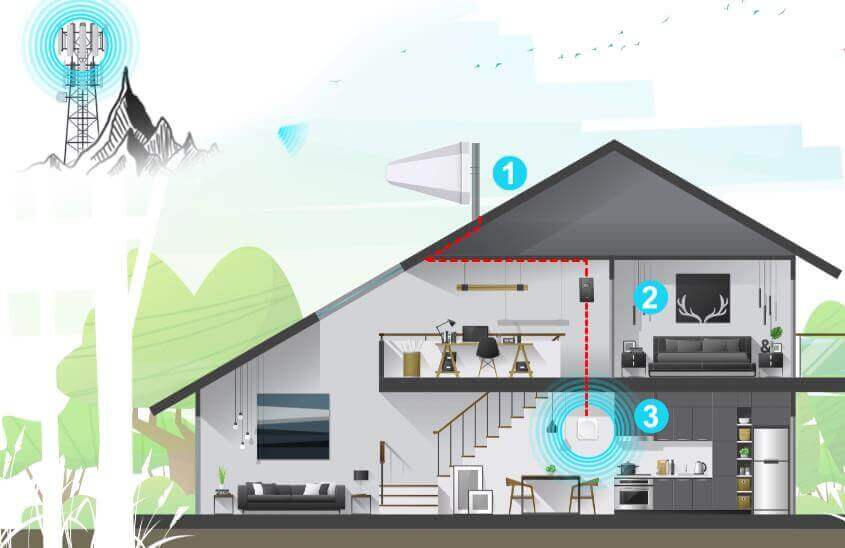
Here are Some HiBoost Mobile Phone Signal Boosters Recommended
When you’re faced with a frustrating dead zone and the need for a reliable cell signal is non-negotiable, HiBoost has got you covered. As a trusted name in the field of cell phone signal boosters, they offer a range of innovative solutions to ensure you stay seamlessly connected no matter where you are. Let’s explore some of the HiBoost mobile phone signal boosters that come highly recommended:
1. HiBoost Home 4K Plus Pro:
• Coverage Area: Up to 60,00 square feet.
• Perfect for: 2-3 rooms or small homes with two floors.
• Key Features: For families that require extensive coverage, the 4K Plus Pro is the ideal choice. It provides consistent signal strength for numerous devices across a vast area, boosting both voice and data signal. Portable and Efficient, it’s the top pick for camping, rv trips, boat, cabin, farm, apartment, motorhome, metal building, house, office and basement.
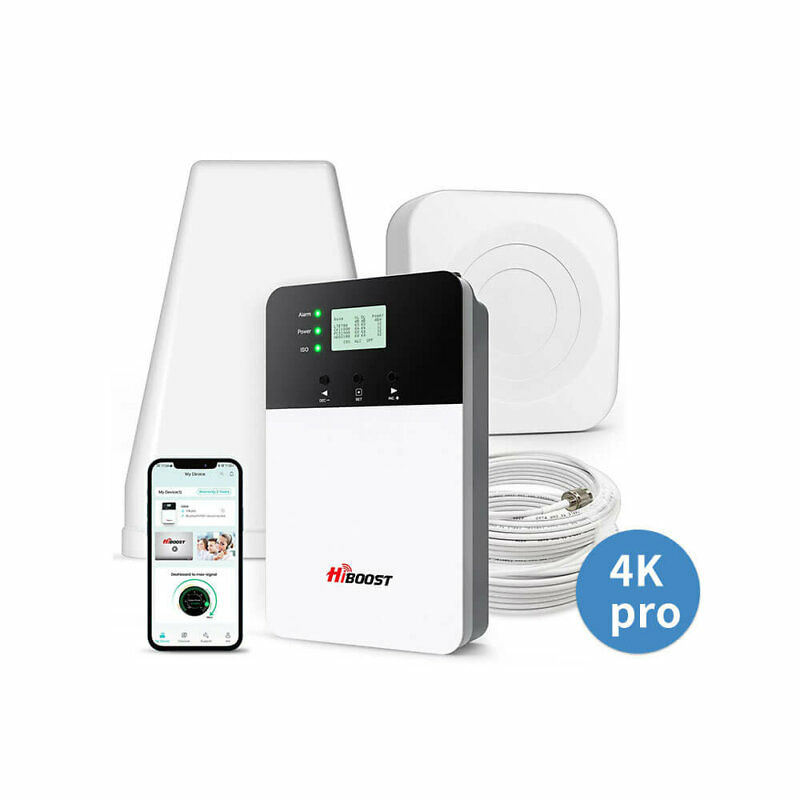
2. HiBoost Home 10K Smart Link:
• Coverage Area: Up to 10,000 square feet.
• Perfect for: Homes, small offices, and apartments.
• Key Features: The Home 10K Smart Link offers superior signal amplification with its LCD screen and mobile app for remote monitoring. It provides a strong, consistent cell signal, even in areas where signals are weak.
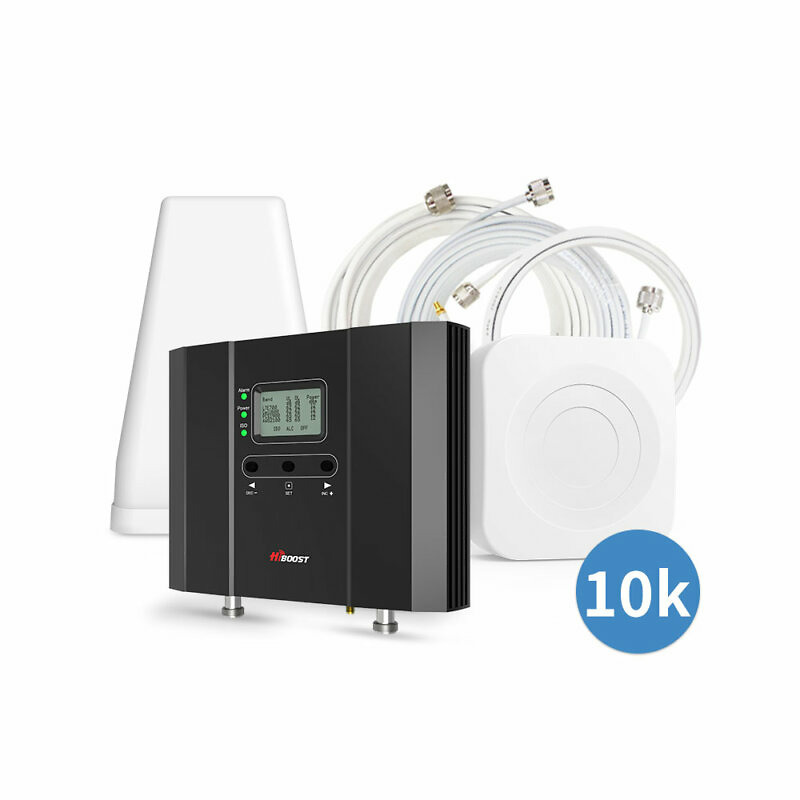
3. HiBoost Travel 4G 2.0:
• Coverage Area: Suitable for vehicles.
• Perfect for: Road trips, RVs, and vehicles.
• Key Features: This portable booster is designed for those on the move. It ensures you have a stable signal wherever your travels take you. The Travel 4G 2.0 is compact, easy to install, and offers significant signal enhancement in your car, RV, or boat.
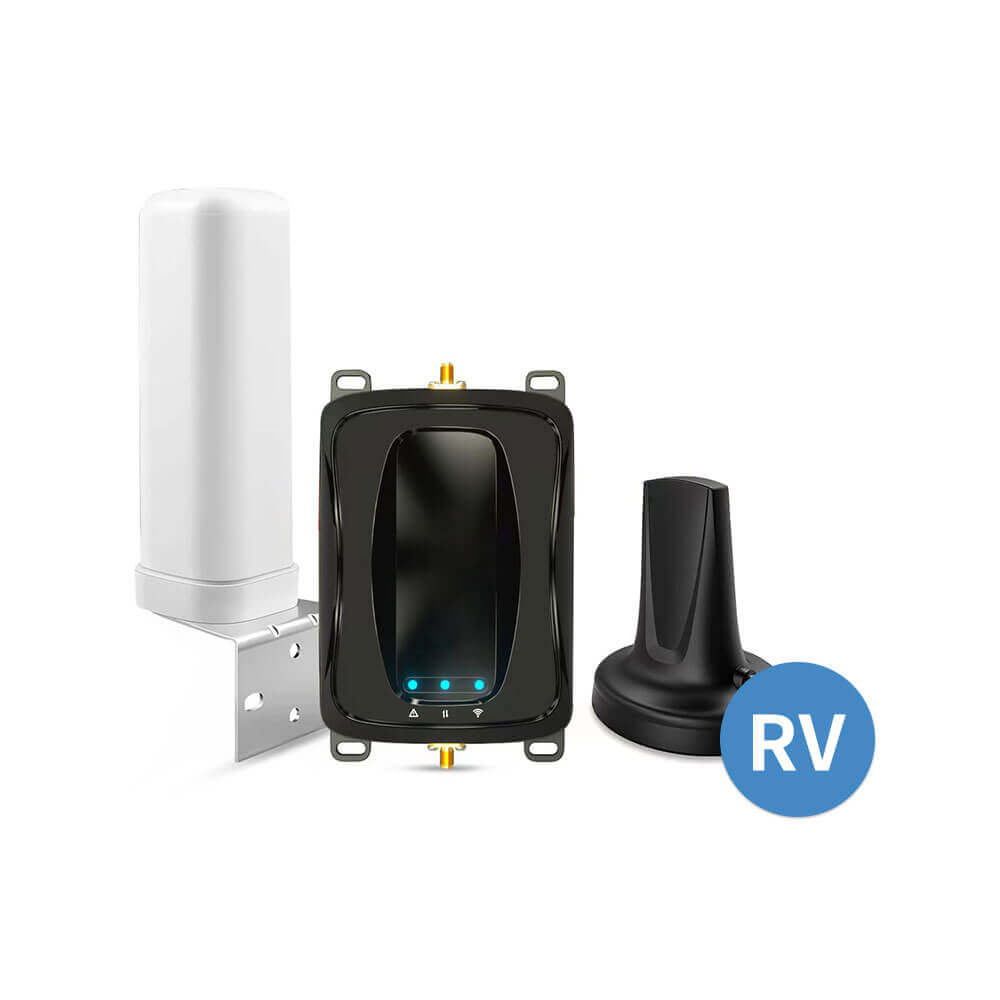
4. HiBoost15K Smart Link Deluxe:
Coverage Area: Up to15,000 square feet.
Good for: Multi rooms or large homes with weak outside signal
Not recommended for: needing whole building coverage above 15K sq ft
Key Features: This powerful signal booster is designed for high-demand settings.
The Hiboost 15K Smart Link Deluxe cell phone signal amplifier adds an extra indoor panel antenna that boosts weak signal up to 10,000 sq. ft. Enhancing the signal in your home, office, shop, building up to 100x.
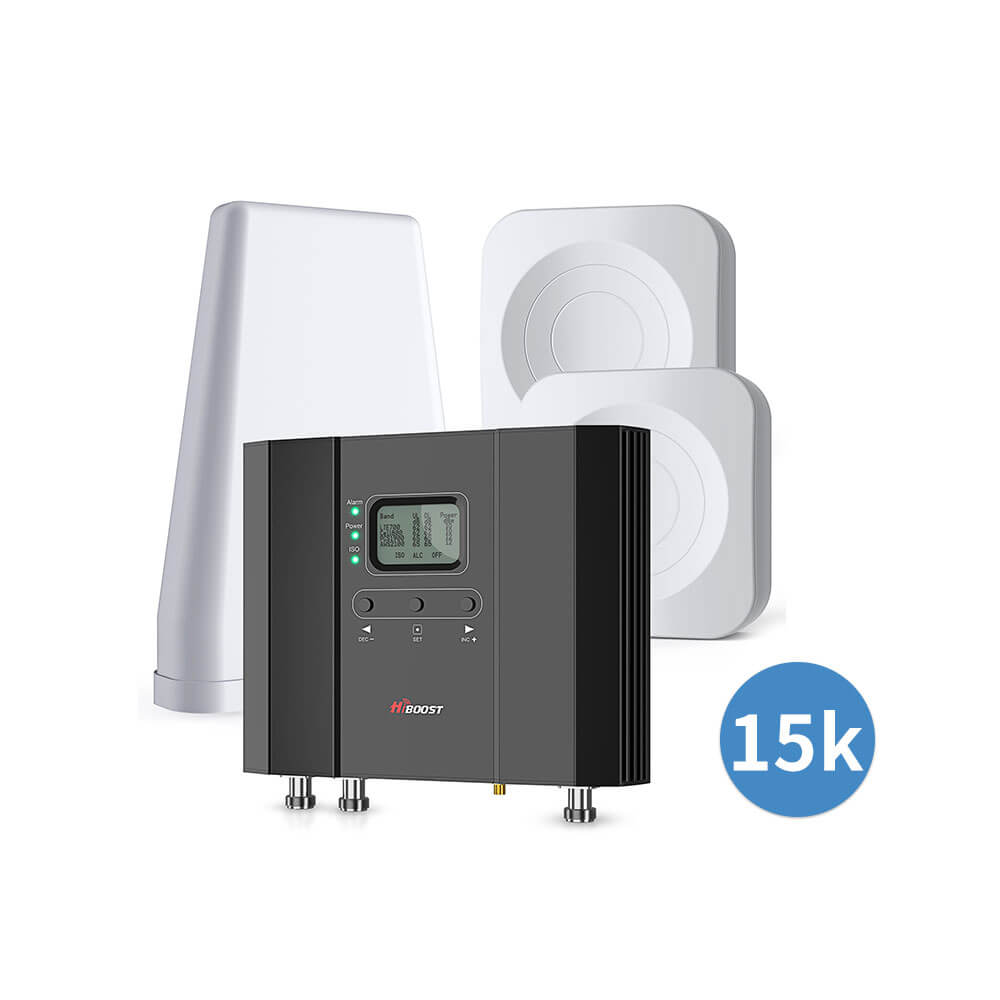
HiBoost’s commitment to reliable signal enhancement is reflected in the quality and effectiveness of their products. These boosters are designed to amplify existing signals, reduce dropped calls, enhance data speeds, and provide you with uninterrupted connectivity.
Whether you’re seeking to improve cell signal at home, on the road, or within a vast commercial space, HiBoost’s mobile phone signal boosters offer the perfect solution. With their innovative technology and proven performance, you can count on staying connected, no matter where you are.
Don’t let dead zones disrupt your connectivity. Explore the HiBoost range of mobile phone signal boosters, and take the first step toward a more reliable and connected future. Conquer those signal challenges with HiBoost, and experience the difference for yourself.
